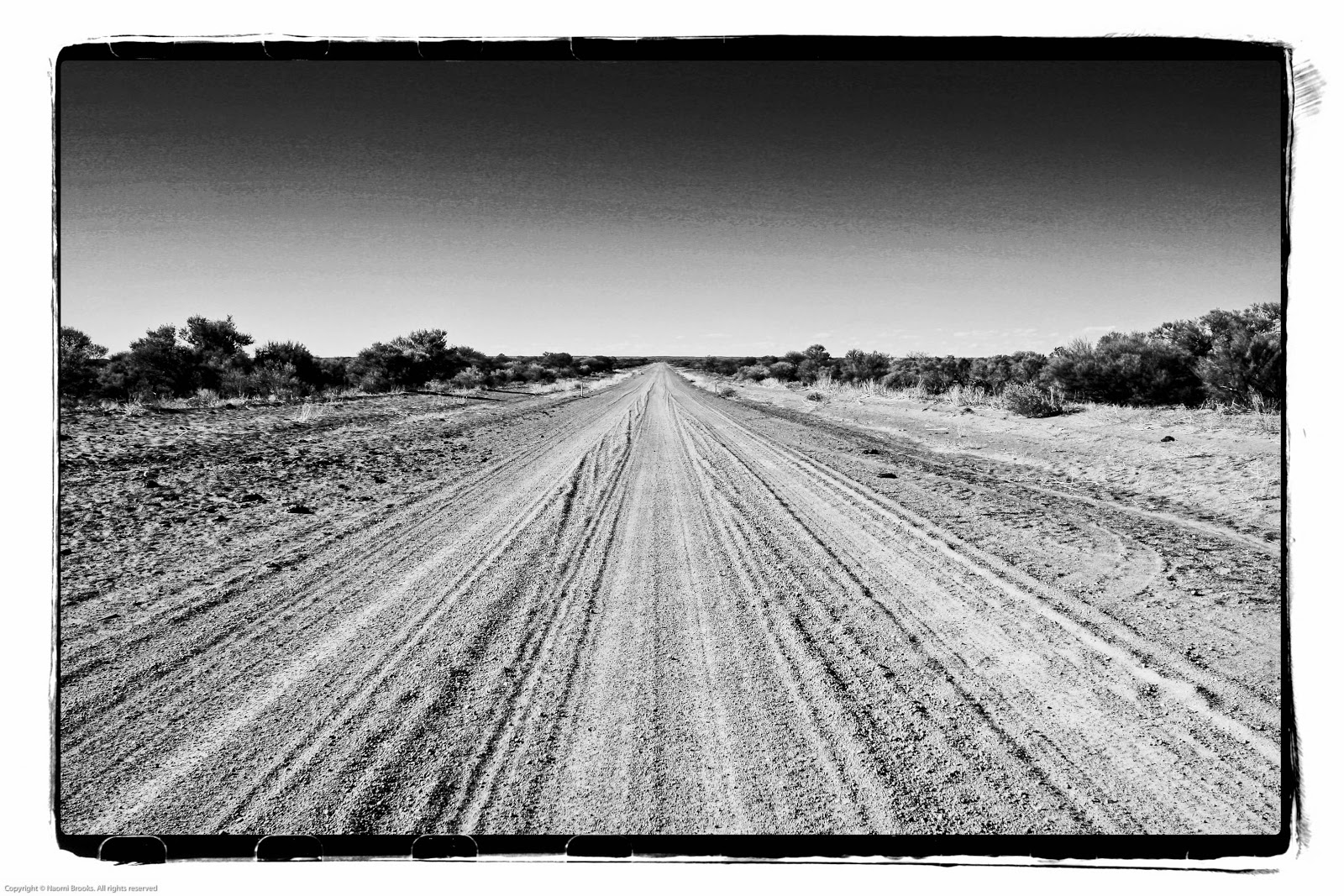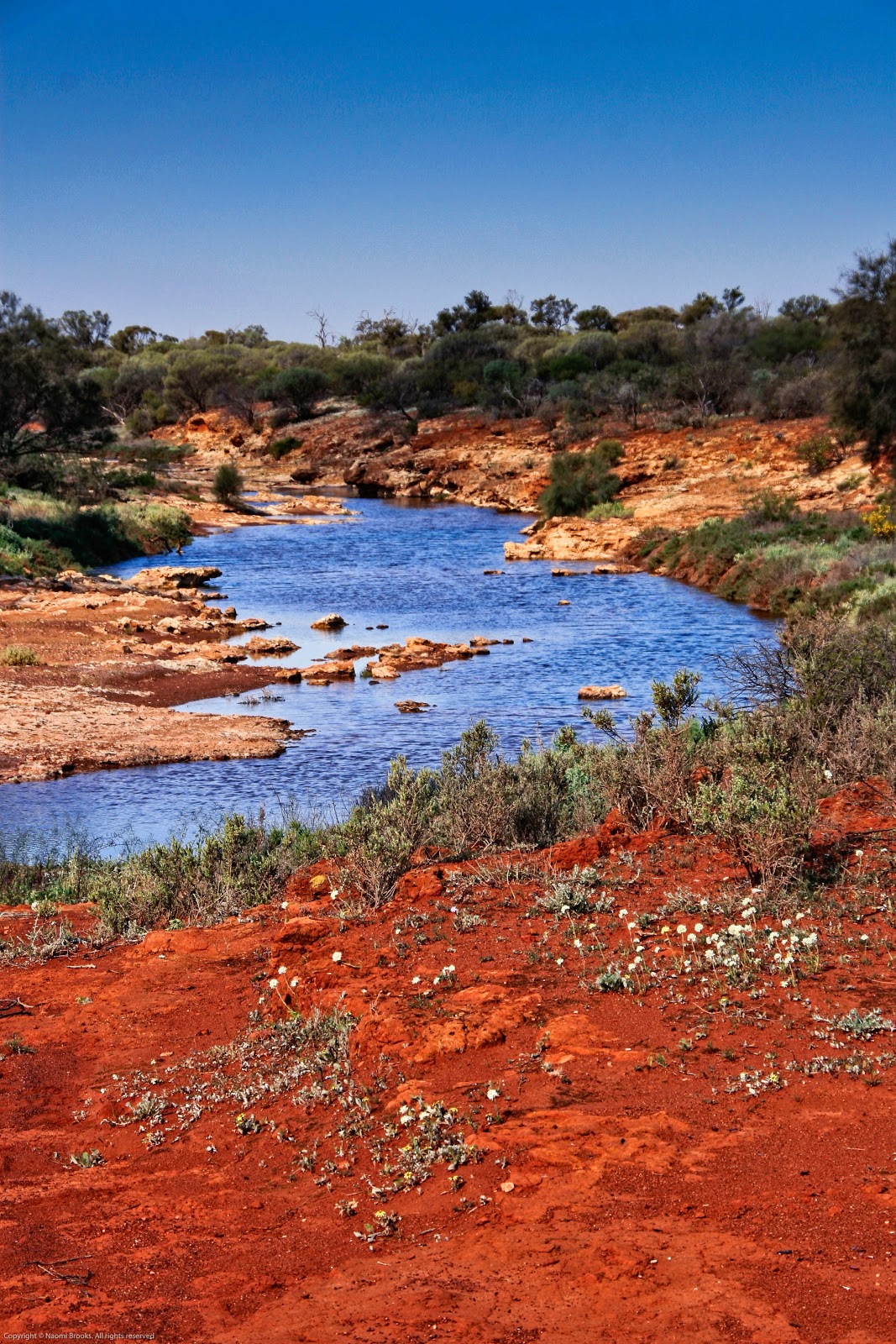I went to Japan in February and because I was restricted to a small luggage limit, I just took the Sony with a 50mm lens with me. I missed having a wide angle lens, but loved having a much less bulkier setup when travelling. It also forced me to use what I have, and to be honest I am very happy with the camera and the photos I took.
I have been struggling to find time to include photography into my regular routine, and have been toying with putting aside one day a week to indulge. Whether it's taking pictures, or doing courses, editing photos or learning how my camera works, it's time dedicated to the pursuit. So on Friday I went shooting.
I got up early and was on the road by 5:30am, after fuelling the car and popping back home to pick up the tripod - whoops!!
Then north about 80km to a small fishing hamlet called Port Gregory.
Being on the west coast the opportunity to watch the sun rise over water involves finding lakes to shoot across, and Port Gregory offers some choice spots to position the camera for just such a shot. The forecast was for a few clouds, but otherwise still conditions. Perfect.
Sunrise is a low light situation so the tripod was a necessity, and because the only native lens I have is the 50mm, I was using a Canon 24-105 f/4L IS lens with a Metabones adaptor. The 10-22mm Canon lens I've used in the past (the one that fell into the drink in Java and now only works in manual) is for cropped sensor cameras, so the field of view is massively reduced. A no go for landscape photography with the Sony.
I'm really liking this lens/camera combination, although it works best on manual focusing as the auto focusing is a bit hit and miss. I'm fine with this, and the Sony comes with a few focusing aids to help with manual focusing so it isn't actually a big issue, especially when we are talking landscapes. Pop camera on tripod, compose photograph, manually focus, set exposure and away you go. The camera doesn't have a cable release, but instead you use your mobile phone for wireless shutter release.
So I thought I'd share a few pictures from the morning.
This one was taken just before the sun broached those hills on the horizon. Waiting for just the right amount of illumination on the clouds was a lesson in patience.
This is another taken at about the same time, but I have adjusted the white balance to create a visually more pleasing picture. I'm continuously surprised by the difference in what I see versus what the camera sees and whether this is a representation of what it really looked like is beside the point.
The sun is now up, but still very low in the sky. This photo was taken 10 minutes after the previous shot, but we have moved location and now the sun is coming from the right, thus illuminating the foreground rocks and the dunes on the left with a lovely warm light. I love the cloud reflections too.
This one is very similar, but the focus is clearer on the clouds. Just a subtle difference, plus the white balance is a little cooler.
This one is very similar, but the focus is clearer on the clouds. Just a subtle difference, plus the white balance is a little cooler.
This photo is taken nearby the third shot, but 20 minutes later. In fact there are only 40 minutes between the sunrise photos and this one. The sun is much higher now (you may notice some lens glare), but the lake remains glassy with beautiful reflections. The solitary tree root adds to the composition. This photo has been manipulated in post production, mostly with a change in white balance and saturation to even out the colours of the sky and lake.
That's because this lake is a Pink Lake. It has an algae growing in the shallow lake which produces a red pigment, turning the lake pink. As the sun rises the pink colour is easier to discern, and a little post production doesn't hurt either.
I really enjoyed my Friday outing, hope you enjoyed the pictures.


































